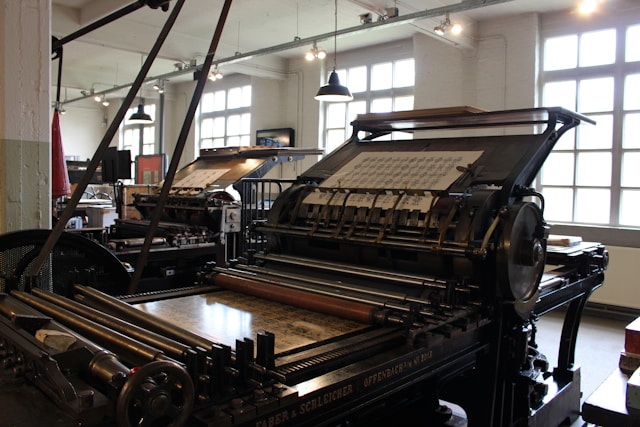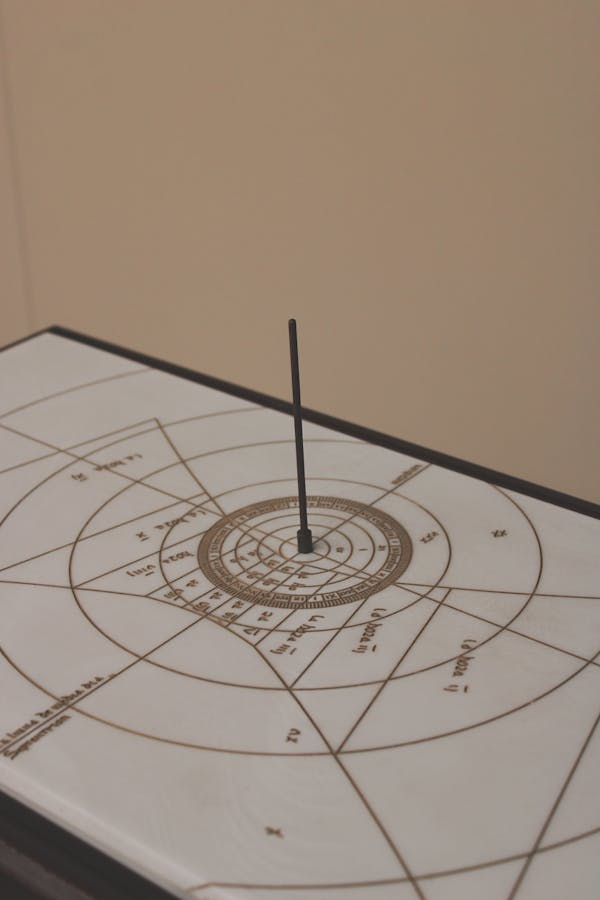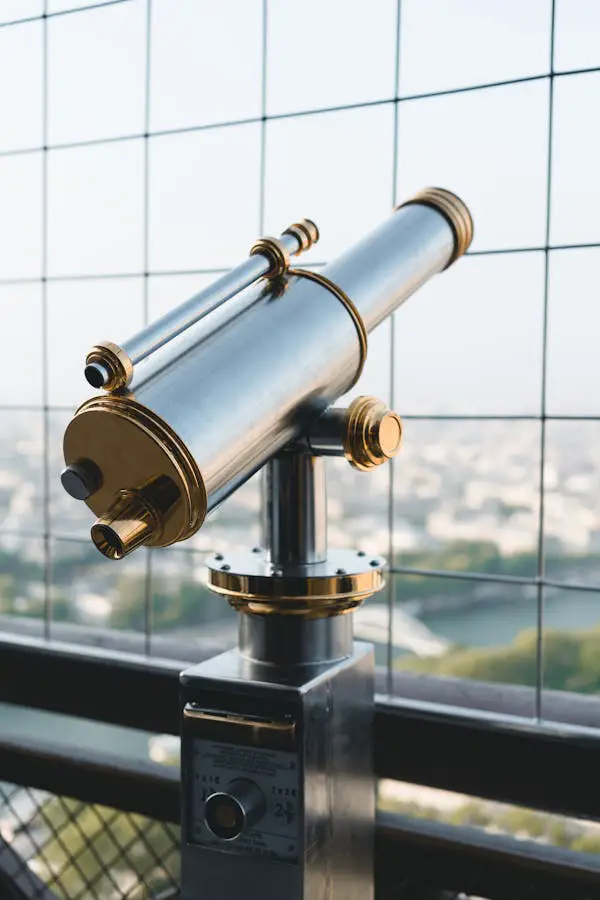
The Renaissance period, spanning from the 14th to the 17th century, was a time of remarkable advancements in science, technology, and the arts.
This era, often considered the bridge between the Middle Ages and the modern era, saw the birth of many inventions that would shape the world as we know it today.
In this blog post, we will explore the timeline of Renaissance inventions, from the printing press to the telescope, and discuss their impact on society.
Timeline of Renaissance Inventions
The Printing Press (1440 by Johannes Gutenberg)
Johannes Gutenberg’s invention of the printing press in 1440 revolutionized the dissemination of information during the Renaissance.
Before the printing press, books were painstakingly copied by hand, making them expensive and rare.
With the advent of the printing press, books could be produced more quickly and at a lower cost, making knowledge more accessible to a wider audience.
This innovation played a crucial role in fueling the spread of ideas, fostering literacy, and sparking intellectual and cultural movements across Europe.

The Astrolabe Upgrade (15th Century)
The astrolabe, an ancient instrument used for navigation and astronomical observations, underwent significant improvements during the Renaissance.
Scholars and astronomers made advancements in astrolabe design, enhancing its accuracy and functionality.
These upgrades allowed navigators to determine their position more precisely at sea and astronomers to make more accurate observations of celestial bodies.
The improved astrolabe became an indispensable tool for sailors, astronomers, and explorers during the Age of Exploration, contributing to the expansion of global knowledge and exploration.
Mechanical Clock (14th-17th Centuries)
The development of mechanical clocks during the Renaissance revolutionized timekeeping and organization.
Prior to the invention of mechanical clocks, time was measured using sundials and water clocks, which were less precise and impractical for indoor use.
The invention of mechanical clocks allowed for more accurate timekeeping, with gears and weights regulating the movement of clock hands.
This innovation transformed various aspects of society, from scheduling daily activities to coordinating industrial production and scientific experiments.
Mechanical clocks became essential tools for merchants, craftsmen, and scholars, facilitating greater efficiency and productivity in Renaissance society.
The Telescope (1609 by Galileo Galilei)
Galileo Galilei’s invention of the telescope in 1609 marked a significant milestone in human history.
The telescope revolutionized our understanding of the cosmos by allowing astronomers to observe celestial bodies in unprecedented detail.
Galileo’s observations, including the moons of Jupiter and the phases of Venus, provided compelling evidence for the heliocentric model of the solar system proposed by Copernicus.
The telescope opened up new frontiers in astronomy, paving the way for groundbreaking discoveries and advancements in our understanding of the universe.
Leonardo da Vinci’s Innovations (1452-1519)
Leonardo da Vinci, often regarded as the quintessential Renaissance polymath, made remarkable contributions to various fields of study.
His innovative designs and sketches encompassed a wide range of disciplines, including anatomy, engineering, and art.
Da Vinci’s inventions, such as flying machines, armored vehicles, and hydraulic systems, were far ahead of their time and laid the groundwork for many modern technologies.
His keen observations of the natural world and meticulous study of human anatomy continue to inspire scientists, engineers, and artists to this day.
Firearms Revolution (14th-16th Centuries)
The Renaissance witnessed a significant transformation in warfare with the development of firearms.
Early firearms, such as cannons and arquebuses, revolutionized military tactics and strategy, giving nations a decisive advantage on the battlefield.
The widespread adoption of firearms changed the dynamics of warfare, leading to the decline of traditional knightly warfare and the rise of professional armies.
Firearms played a pivotal role in shaping the course of history, influencing the outcome of conflicts and contributing to the rise and fall of empires.
The Compass (11th-13th Century)
Although the compass was not invented during the Renaissance, it underwent significant improvements during this period, enabling explorers to navigate more accurately and venture further into uncharted territories.
The compass, with its ability to align with the Earth’s magnetic field, became an indispensable tool for sailors, enabling them to navigate the open seas with greater precision.
This technological advancement facilitated the Age of Exploration, leading to the discovery of new lands and the establishment of global trade routes.

The Legacy of Renaissance Inventions
The inventions of the Renaissance era have left an enduring legacy, shaping various aspects of modern society.
Innovations such as the printing press and telescope have revolutionized communication and exploration, while Leonardo da Vinci’s visionary designs continue to inspire advancements in science and art.
Additionally, the firearms revolution and improvements in navigation tools have transformed warfare and navigation, respectively.
Overall, these inventions have profoundly influenced human progress and continue to impact our lives today, highlighting the enduring legacy of Renaissance ingenuity and creativity.
Conclusion
The Renaissance period was a time of remarkable innovation and discovery, with inventions like the printing press, telescope, and mechanical clock transforming the way we live and interact with the world.
By understanding the timeline of these inventions and their impact on society, we can appreciate the profound influence of the Renaissance on our modern world.



